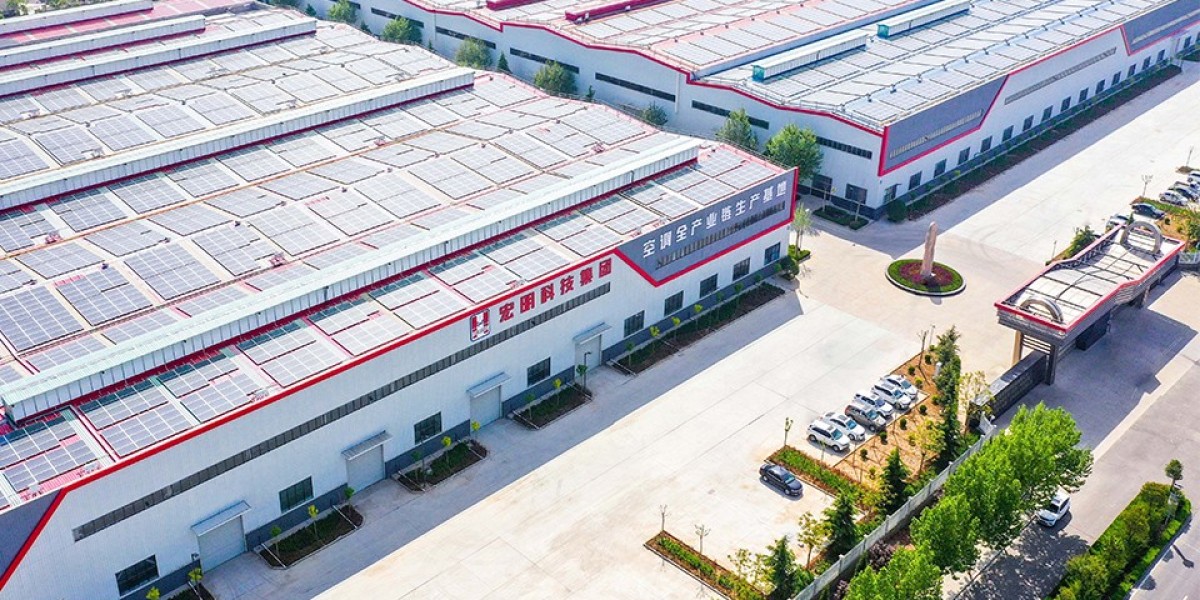Air Handling units Maintenance
Air handlers, sometimes referred to as HVAC Air Handler Units, are an essential part of a hospitals indoor air quality. They help to stabilize the temperature, humidity, and cleanliness of the air inside a facility, and if maintained properly, can even improve the bacteria and toxicity levels within the indoor air. Without air handlers, the air in a hospital would become stagnant and filled with particles, germs and bacteria that could be harmful to the health of patients and staff. It is essential to a hospitals HVAC system that the air handlers be routinely cleaned and maintained to ensure that they are functioning properly and safely.
To ensure optimal air quality and reliable performance, there are several maintenance tasks that should be performed on air handlers in a hospital. First, the filters in the unit should be routinely replaced and checked for signs of wear and tear. Additionally, the exhaust grills should be regularly cleaned and inspected for any signs of dirt buildup or clogged vents. It is also important to inspect the air handler and its components for any loose parts or potential safety hazards. Finally, the fan coil blowers and motors should be inspected to ensure they are running properly and efficiently. Failure to perform regular maintenance can result in not only inefficient system performance, but also in indoor air quality issues such as high levels of dust, allergens and other pollutants.
HVAC Air Handler Units
Hospitals rely on HVAC air handlers to provide stable, efficient, and healthy air within the facility at all times. The air handler is the centerpiece of the HVAC system and performs the most important job: controlling and cleaning the air. The air handler is composed of several components including blowers, motors, and filters that work closely together to move air throughout a building and clean it of contaminants.
Air handling units typically consist of a fan, filter section, blower, refrigerant, coil, and drain pan. The fan draws air across the filter, which catches airborne particles like dust and pollen. The blower then compresses and pushes the now cleaned air throughout the building. The refrigerant then absorbs heat from the air, cooling it down before the coil moves it through the entire building. Finally, the drain pan collects excess moisture that is removed from the air.
Air handlers are critical pieces of equipment in hospitals, as they help to ensure that air is of the highest quality and free of any contaminants that could put staff and patients at risk. It is essential that hospital administrators ensure that their air handler units are regularly serviced and maintained in order to ensure proper performance, safety, and indoor air quality.
Regular checks of each of the different components of the system should be performed as well as replacing filters, checking motors and blowers, and inspecting the filter section. Additionally, any components that are in need of repair should be addressed immediately to ensure that the air handler is functioning properly. Lastly, it is important for the proper amount of refrigerant to be present in the system to help with cooling and humidity control.
By performing regular maintenance and checks, air handling units in hospitals are able to function properly and keep indoor air quality at a healthy level, free of any contaminants that could adversely affect patients and employees. Maintaining a well-functioning air handler unit is essential to a healthy hospital environment.








